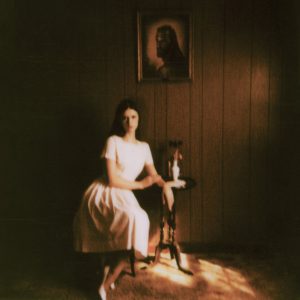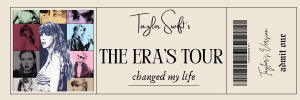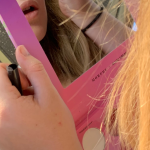The most common thing you’re likely to hear about Shrines of Gaiety is that it’s Dickensian. That word will be on the back blurb of your copy, you’ll see it pop up in almost every review, and someone talking about it will most likely bring it up at some point, perhaps like this:
‘Hey, I just read that new Kate Aktinson book.’
‘Really, what’s it like?’
‘Oh, very Dickensian.’
‘How so?’
‘Oh, you know – it just is.’
Unfortunately, this is one of those terms (like Kafkaesque; like Joycean) that seems to have basically lost the legitimacy of its original definition, worn down with use over the decades like an old friend’s nickname you’re not sure why you still call them. Because in 2022, any book can be Dickensian if it is exactly three things: it’s set in the Victorian era, it takes place in primarily lower-class areas of London, and it has a sprawling cast of memorable characters.
So, does Shrines of Gaiety, in fact, exude any Big Dickensian Energy? It is set in 1926 (not quite the Victorian era, but close). It does take place in the seedy back streets and nightclubs of interwar London, places where the plot of My Fair Lady might be happening around one corner and From Hell around the other. And while it doesn’t have hundreds of uniquely-named and indelibly-drawn characters, it does have more than a few whose perspectives we hop around chapter-to-chapter, and who make up the tapestry of Atkinson’s anarchic, intoxicating, and dangerous vision of Jazz-Age London.
The most important of the numerous protagonists – by virtue of how often the others talk about how important she is – is Nellie ‘Ma’ Coker, the Scarface of Limehouse, who rose up from being the destitute mother of a brood of six to becoming the proprietress of a three-nightclub empire of sex, sin, and general debauchery. Nellie is tough enough to make it in a man’s world, but the novel always keeps burning in its thematic engine the fact that it was the desperation of simply trying to keep her family alive which is what led to her eventual reign as London’s empress of iniquity.
The Javert to Nellie’s Valjean is John Frobisher, a stuffy and morally righteous police inspector who’s on a dogged journey to bring about the end of her rule. Then there’s Gwendolen Kelling, a small-town librarian who’s in the big city to track down another of the novel’s viewpoint characters, Freda, a precocious fourteen-year-old foundling who fled from her abusive home with the gleaming hope of a life upon the wicked stage.
Also thrown into the viewpoint blender for good measure are Nellie’s six children, all of whom have something to do with their mother’s vice empire, and all of whom you’ll probably struggle to remember and separate from one another. Each of the many characters has some goal that propels their role in the story: Nellie is trying to keep hold of her power after six months in prison, Frobisher is trying to find the link between her and a series of dead women turning up in the Thames, and Gwendolen is trying to find Freda by infiltrating one of Nellie’s clubs to give Frobisher a report from within. And while we know for a fact that the threads of all the characters will eventually come together, the suspense comes from when, which happens to be a glacially-paced question for this 400+ page novel.
If you don’t mind mood, character, and detail at the expense of a steadily-paced plot, this obviously shouldn’t be an issue for you, but other readers (myself included) who’ll turn the page into yet another endlessly expository chapter of backstory – as if all of Atkinson’s characters are deserving of in-depth biographies – will very likely become tired of waiting until something, anything, happens.
And yes, something does eventually happen after about the halfway mark (if you’re so inclined to make it there), which is when the plot begins to ratchet up, swirling around a catalogue of seemingly every moral danger from the 1920s: opium dens, back-alley pickpockets, underground abortionists, murdered showgirls, corruption, hedonism, decadence – you name it. For better or worse, Atkinson strives above all for verisimilitude, and often achieves it – despite sometimes veering into feeling like an R-rated version of Thoroughly Modern Millie.
It’s a worthwhile read in the end, but definitely an acquired taste: perhaps too slow for Atkinson’s crime fanbase or those expecting a historical murder mystery, but also a little too shallow and cushiony for serious literary or historical fiction readers. But no matter where you fall on it in the end, there’ll surely be something you’ll like – a character, the setting, or maybe just the general tone or Atkinson’s sense of “joie de vivre”. Because this is a book that’s probably less like Charles Dickens than it is like one of those Great Gatsby dress-up parties: yes, it’s a little gaudy and a little artificial, but if you shut off your brain and go along with it, you’ll be doing the Charleston before you even realise how cringey you look.
Shrines of Gaiety is now available from Penguin Random House.
Jack Bell is a digital copywriter and QUT creative writing graduate. His ramblings and half-formed opinions can be found on both Twitter and Instagram at @quirkycynic.








